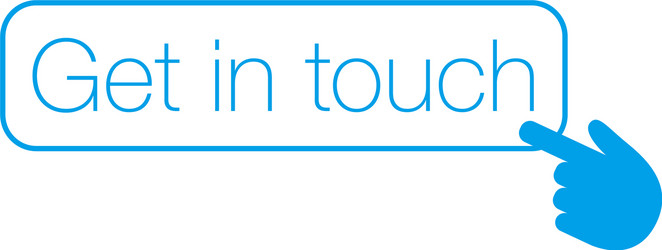Emergency Departments

Elevating Triage Precision in High-Stakes, High-Volume Settings
Emergency Departments (EDs) operate under immense pressure to assess, stabilize, and prioritize patients rapidly. Triage—the first clinical step—dictates the flow of care. In crowded, fast-paced environments, conventional methods
can falter due to inconsistent human judgment, staff fatigue, or surges in patient volume.
ERTRIAGE brings consistency, accuracy, and speed to ED triage by leveraging real-time artificial intelligence, real-time clinical variables aligned with established medical protocols.
Real-Time AI Decision Support
- Sub-second triage classification based on vitals and symptoms
- Early identification of high-risk conditions (e.g., stroke, sepsis)
- Automated alerts to support prioritization during peak hours
Clinical Standardization & Workflow Efficiency
- Aligned with ESI, NEWS, and ROSIER protocols
- Reduces inter-clinician variation in triage assessment
- Minimizes over- and under-triage events
Integration into ED Infrastructure
- Runs on triage kiosks, tablets, or nurse workstations
- Connects to EHR/HIS via secure FHIR and RESTful APIs
- Audit-friendly clinician override options built-in
Outcome-Driven Impact
- 45% reduction in triage completion time
- >97% agreement with senior clinical decisions
- Reduced wait times for time-sensitive cases
- Enhanced clinician focus on high-acuity patients
Example in Practice
A 65-year-old presents with mild abdominal discomfort and elevated heart rate.
ERTRIAGE flags a potential high-risk condition—suggestive of a ruptured aneurysm—and escalates the triage level.
Immediate imaging confirms the diagnosis, enabling timely surgical intervention.

ERTRIAGE AI system
Final Thoughts
ERTRIAGE is more than a product. It’s a platform, a tool, and a partner to the clinicians who serve on the frontlines of care. By combining AI, modern UX, secure engineering, and clinical wisdom, we’ve created a system that helps emergency teams focus on what matters most: the patient.
We believe this is the future of emergency triage—and we’re proud to have pioneered it.
